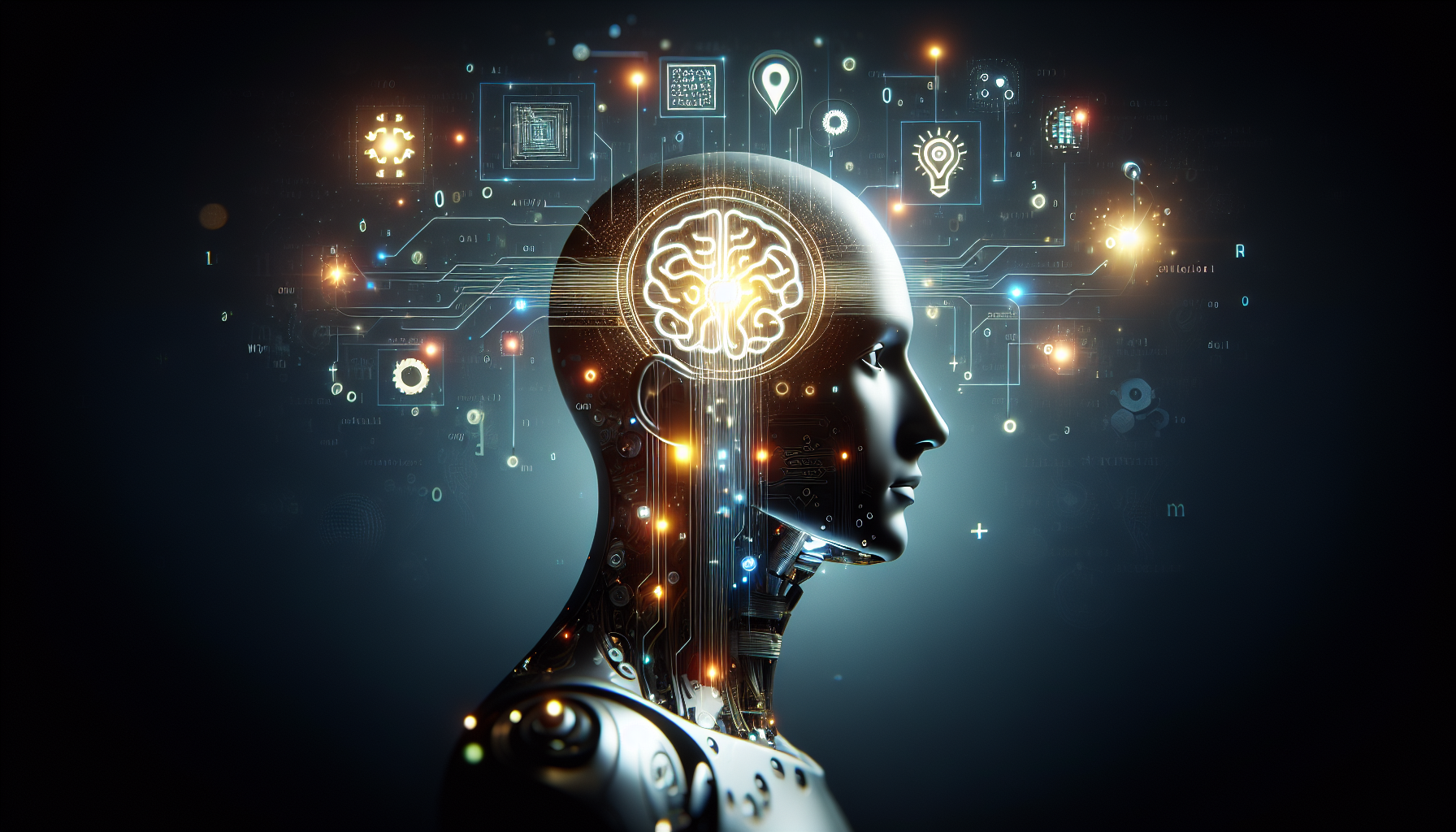AI for Web Design

Title: Revolutionizing Web Design with Artificial Intelligence
In an era where digital presence is pivotal, web design has evolved beyond traditional aesthetics and functionality. Artificial Intelligence (AI) is now a key player in this evolution, transforming how websites are designed, developed, and experienced. From automating repetitive tasks to personalizing user experiences, AI is making web design smarter, faster, and more intuitive. Let’s explore how AI is revolutionizing web design and what it means for the future of the web.
1. AI-Powered Design Tools
AI has introduced a range of design tools that streamline and enhance the creative process:
- Automated Design Generation: Platforms like Wix’s ADI (Artificial Design Intelligence) and Bookmark’s AIDA use AI to create custom website designs based on user input. By analyzing preferences and content, these tools can generate design layouts, color schemes, and typography choices, making the design process quicker and more accessible.
- Design Assistance: Tools such as Adobe Sensei leverage AI to provide design suggestions, automatically adjust images, and even enhance creative workflows. This helps designers to focus more on creativity and less on technical adjustments.
2. Personalized User Experiences
AI enables web designers to create highly personalized and engaging experiences for users:
- Dynamic Content: AI can analyze user behavior, preferences, and interactions to tailor content in real-time. For example, Netflix and Amazon use AI to recommend movies or products based on past behavior, enhancing user satisfaction and engagement.
- Adaptive Interfaces: AI algorithms can adjust website layouts and content to fit different devices, screen sizes, and user needs, ensuring a consistent and optimized experience across platforms.
3. Enhanced User Interaction
AI is also improving how users interact with websites:
- Chatbots and Virtual Assistants: AI-powered chatbots and virtual assistants can handle a wide range of user queries, provide customer support, and guide users through websites. This improves user experience and reduces the need for extensive human intervention.
- Voice Search Optimization: With the rise of voice-activated devices, AI is helping websites become more voice-search friendly. Optimizing for voice search ensures that users can interact with your site using natural language queries, making navigation easier and more intuitive.
4. Predictive Analytics and Insights
AI provides valuable insights into user behavior and website performance:
- User Analytics: AI tools can analyze user interactions, track behavior patterns, and provide actionable insights to improve website design and functionality. This helps designers make data-driven decisions and refine their strategies based on real user data.
- A/B Testing: AI can automate and enhance A/B testing by quickly analyzing the performance of different design variations and recommending the most effective elements to boost user engagement and conversion rates.
5. Streamlining Development Processes
AI is also making the development process more efficient:
- Code Generation: AI-powered code generation tools can assist developers by automating repetitive coding tasks, suggesting code snippets, and identifying potential errors. This speeds up the development process and reduces the likelihood of bugs.
- Quality Assurance: AI can be used to test websites for functionality, usability, and performance issues. Automated testing tools can identify problems and suggest improvements, ensuring a smoother user experience.
6. Future Trends in AI and Web Design
As AI technology continues to advance, we can expect to see even more innovations in web design:
- AI-Driven Creativity: Future AI tools may push the boundaries of creativity, generating more complex and unique designs that blend human and machine creativity.
- Ethical Design: As AI becomes more integrated into web design, ethical considerations around data privacy, bias, and transparency will become increasingly important. Designers and developers will need to ensure that AI tools are used responsibly and that user data is handled with care.
- AI-Enhanced Collaboration: AI may also facilitate better collaboration between designers, developers, and clients by providing real-time feedback, streamlining communication, and integrating various aspects of the design process.
Conclusion
Artificial Intelligence is reshaping the web design landscape, offering tools and capabilities that enhance creativity, personalization, and efficiency. By embracing AI, designers and developers can create more engaging and user-centric websites while streamlining workflows and optimizing performance. As AI technology continues to evolve, its role in web design will undoubtedly expand, opening up new possibilities and opportunities for innovation.
Whether you’re a web designer, developer, or business owner, staying informed about AI advancements and incorporating these tools into your processes can help you stay ahead in the ever-changing digital world.
What are your thoughts on AI’s role in web design? Have you used any AI-powered tools in your projects? Share your experiences and insights in the comments below!
